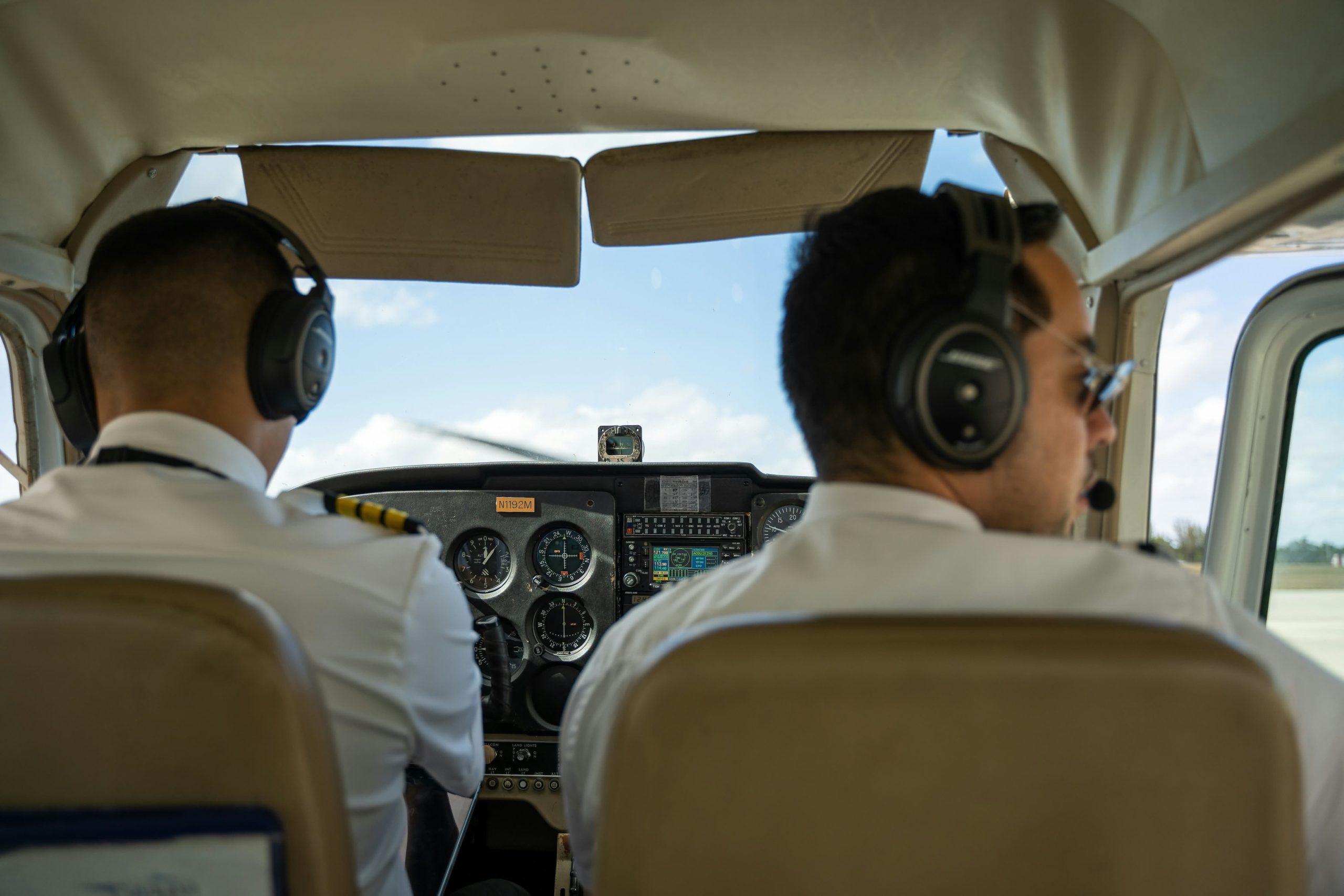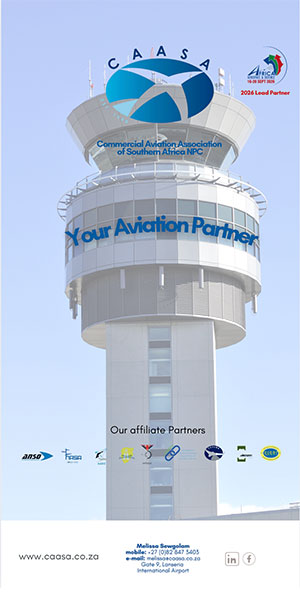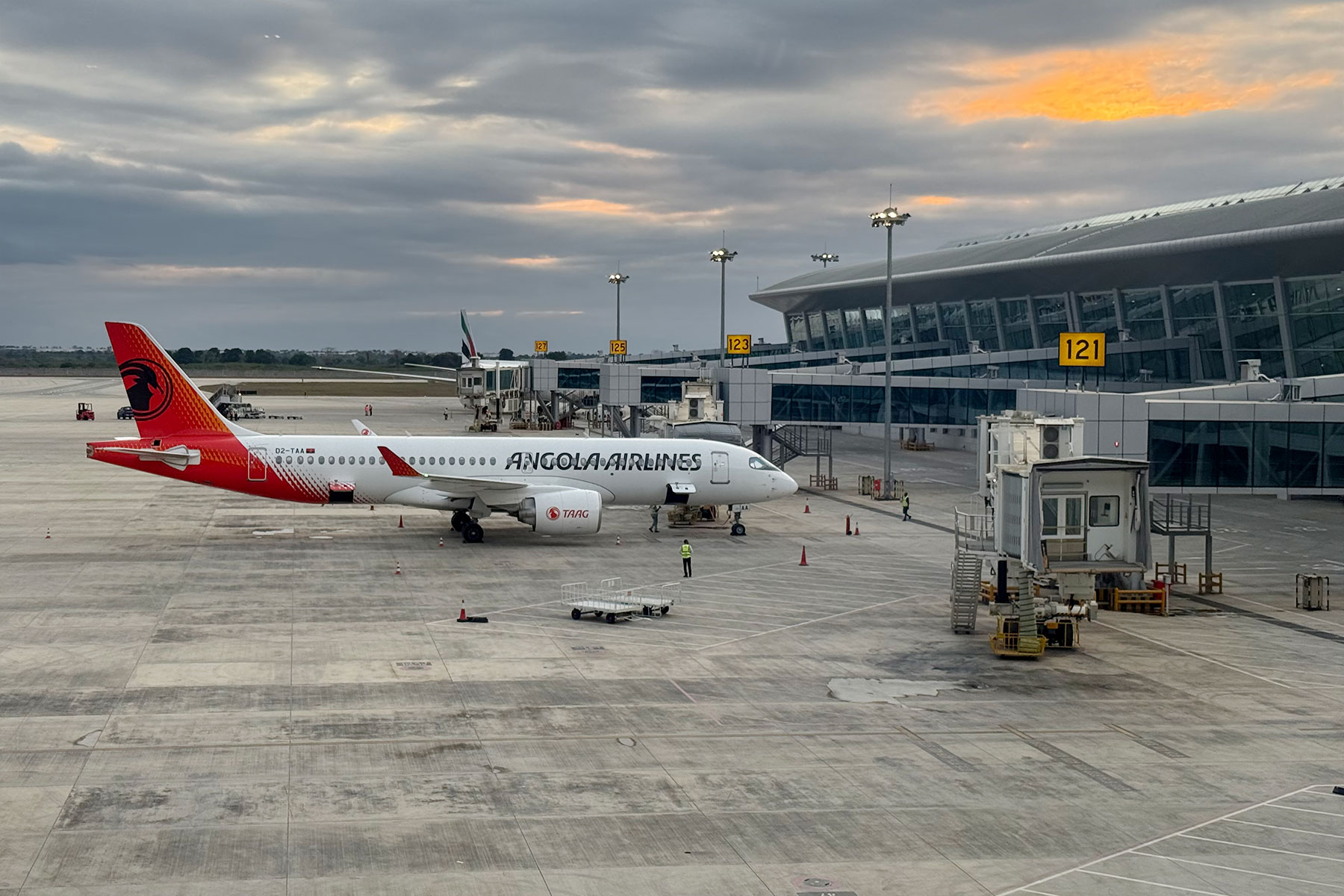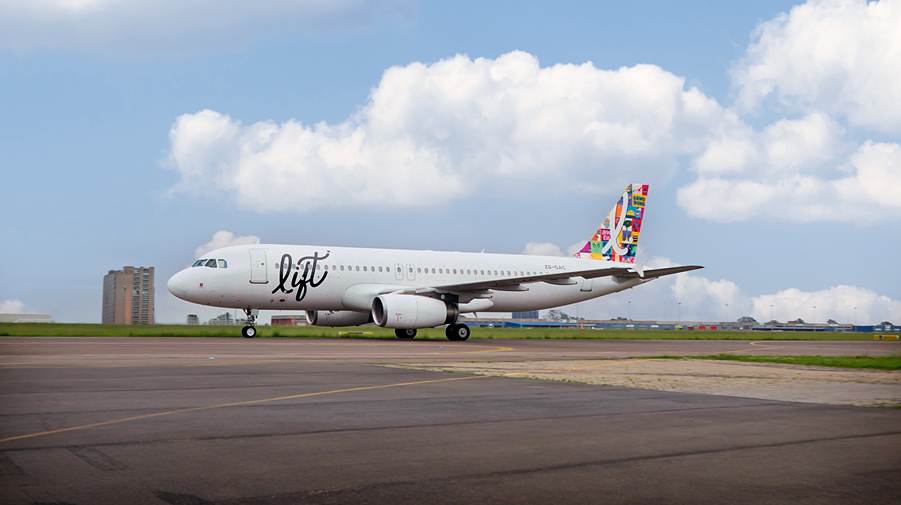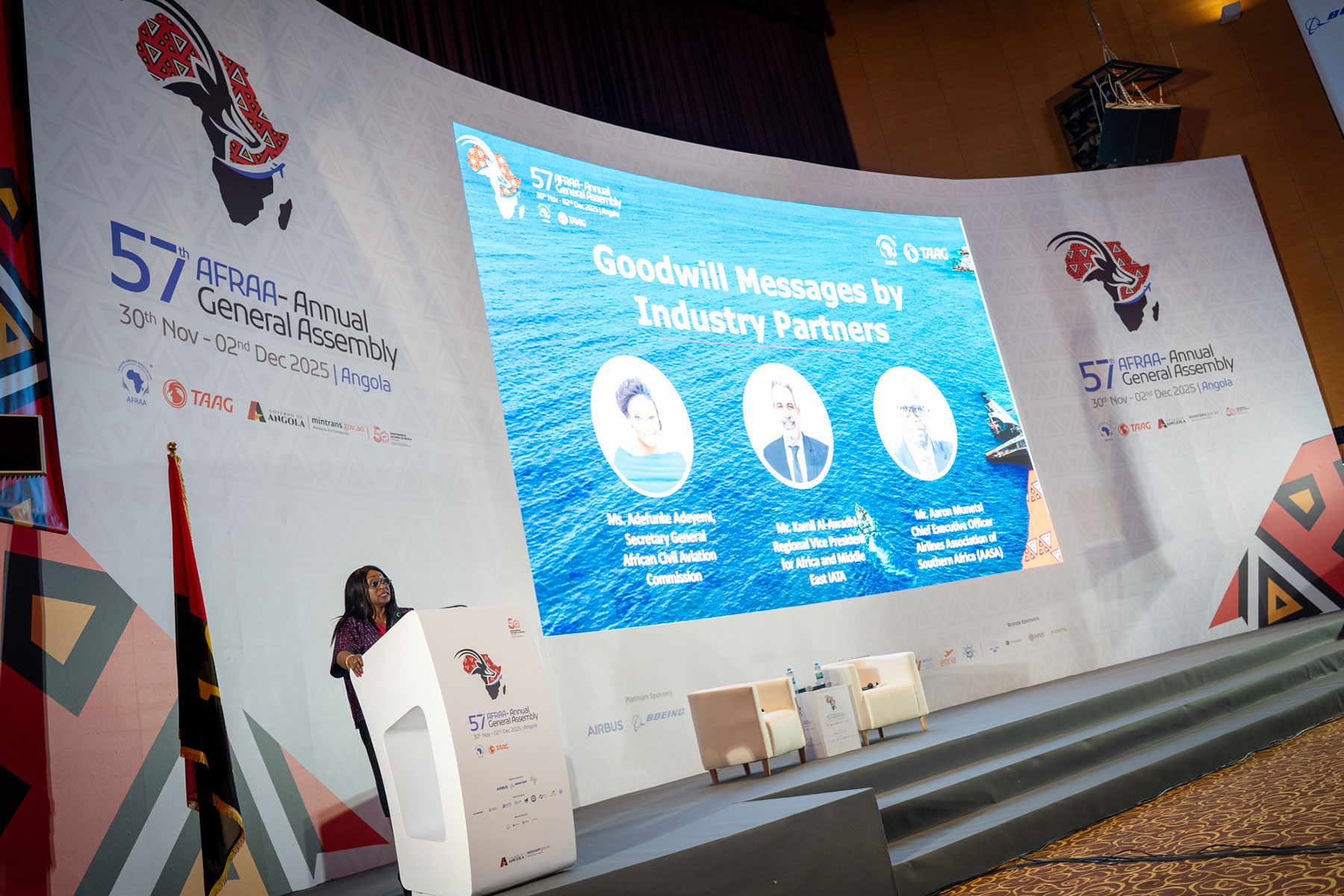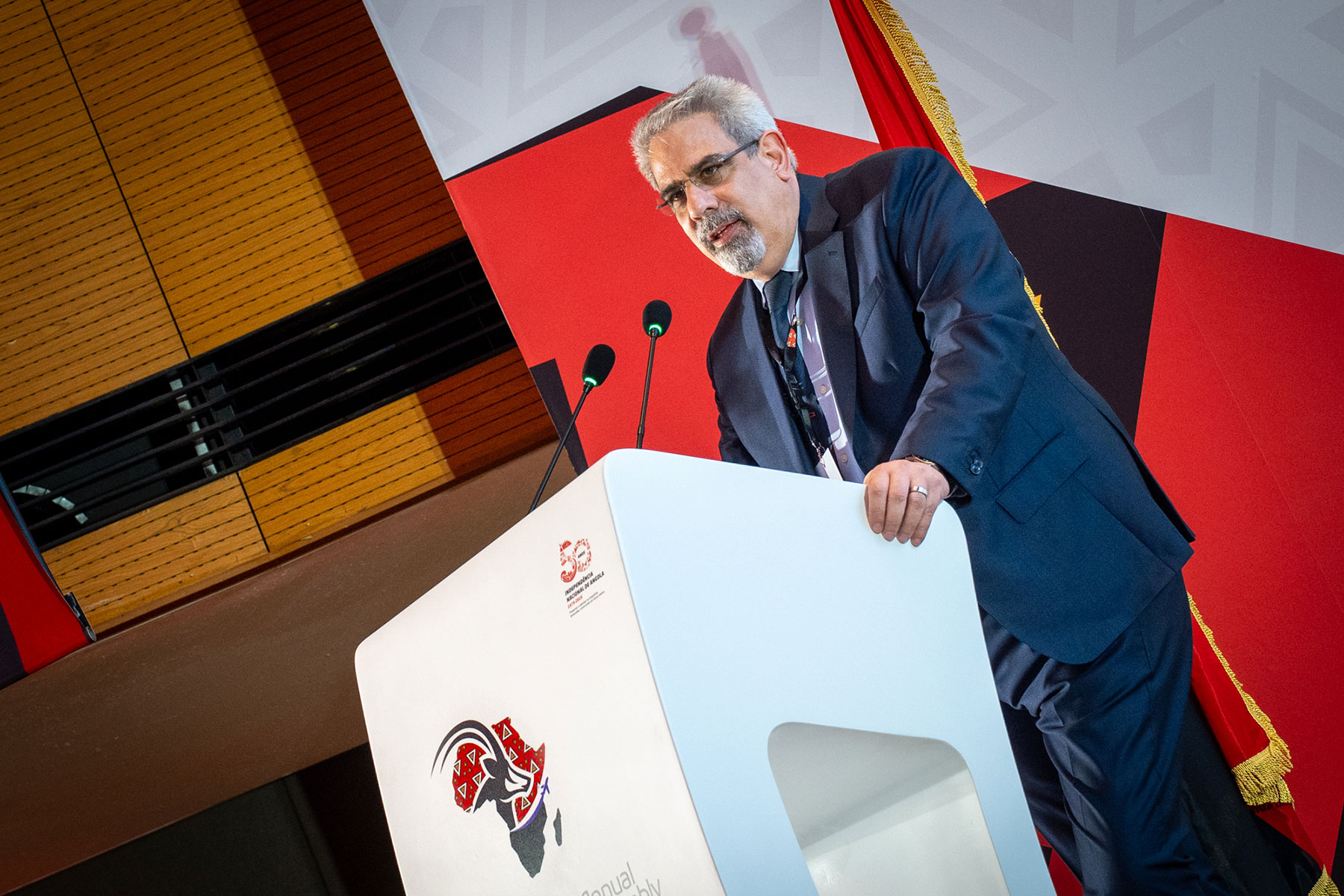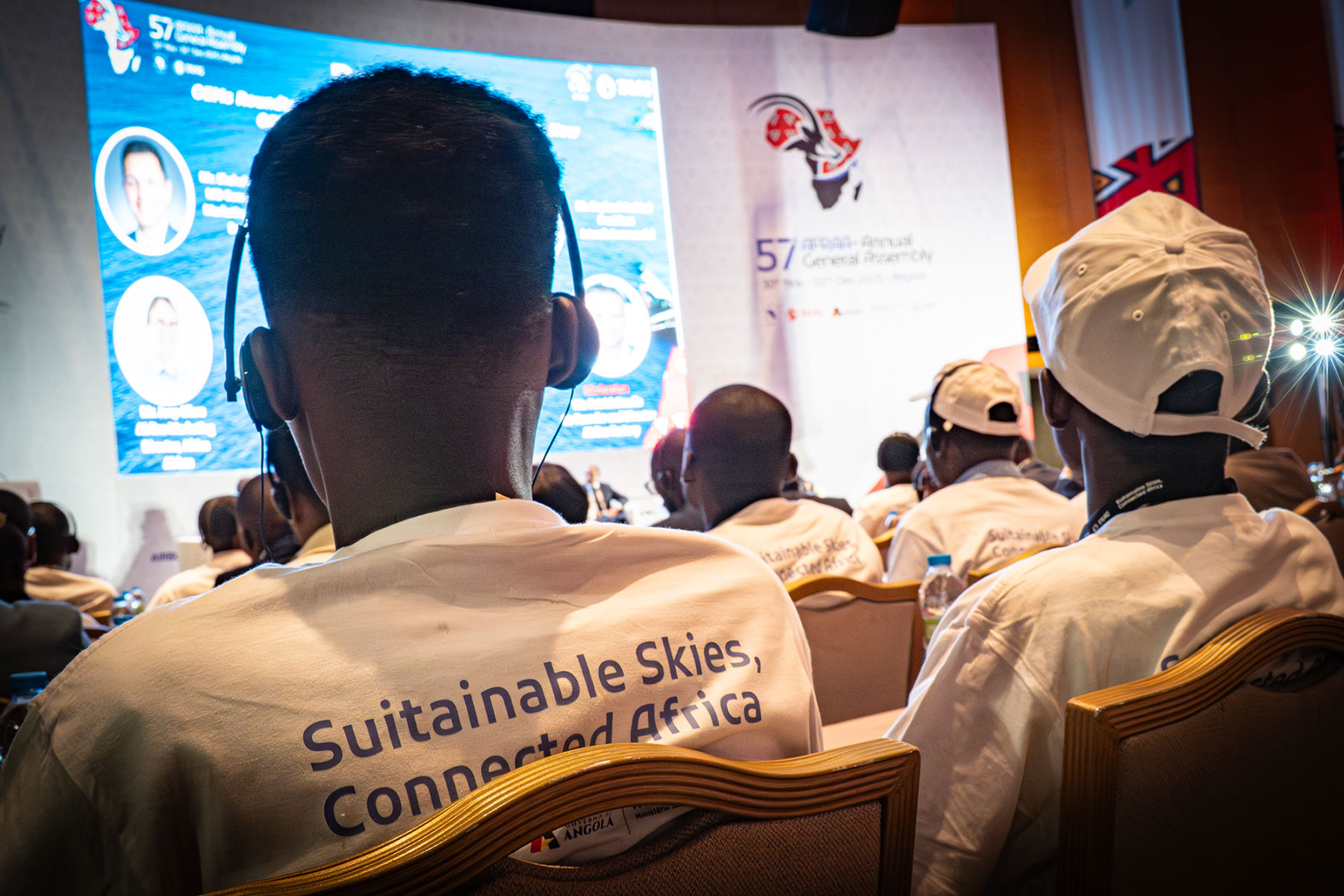In a recent paper, the International Civil Aviation Organization (ICAO) has taken another step forward in addressing pilot fatigue. This paper, released at the 42nd Assembly Session, focuses on the critical importance of fatigue management and how critical it is for pilots globally. The paper, co-sponsored by several member states and leading aviation bodies including the International Federation of Air Line Pilots’ Associations (IFALPA) and the International Transport Workers’ Federation (ITF), urges a review and update of existing fatigue-related guidance materials.
For Africa, a continent with rapidly growing air traffic, expanding regional connectivity, and varying levels of aviation infrastructure, the call for harmonised and scientifically grounded fatigue management frameworks is especially timely.
Fatigue: A Global Hazard, A Regional Concern
Fatigue, as the ICAO paper reiterates, is a hazard that degrades human performance and cannot be eliminated, only managed. While its risks are universal, the tools and expertise available to mitigate these risks vary significantly from one country to another.
African states, many of which are still developing regulatory capacity or managing limited resources, face unique challenges in implementing fatigue management systems effectively..”
From Policy to Practice: Bridging the Gap
Annex 6 of the Chicago Convention, Operation of Aircraft, has long recognised the importance of fatigue management, and ICAO has developed a suite of sector-specific guides, including for general aviation, airline operators, and helicopter operators. However, the current material tends to focus more on theory than on practical implementation.
The new working paper highlights a disconnect between the intention of ICAO’s fatigue provisions and the reality on the ground. Many operators and regulators struggle with the “how”, how to quantify fatigue risk, how to interpret data, and how to implement effective mitigation strategies. In response, ICAO is now advocating for a comprehensive review of the Manual for the Oversight of Fatigue Management Approaches (Doc 9966), with a focus on practical guidance and training.
This move is particularly important for African states where both airline operators and oversight authorities often work with constrained budgets, limited human capital, and varying levels of regulatory maturity.
Supporting the “No Country Left Behind” Vision
ICAO’s strategy of “No Country Left Behind” is about ensuring that all member states can implement global aviation standards, regardless of their level of development. Effective fatigue management is now being positioned not just as a technical issue, but as a matter of equity and inclusion.
The working paper calls on ICAO to create a harmonised approach that can be scaled and adapted to fit both high-capacity and resource-limited environments. For African aviation authorities, this could translate into updated training materials, shared data resources, and regionally tailored fatigue management frameworks that balance safety with operational feasibility.
Furthermore, by embedding fatigue risk management into wider safety management systems (SMS) or fatigue risk management systems (FRMS), African airlines can improve safety outcomes without necessarily increasing operational costs, if the right support and guidance are available.
A Human-Centred Approach to Safety
At its core, fatigue management is about people: the pilots, air traffic controllers, maintenance crews, and other frontline workers who keep aviation running safely. The paper recognises that performance-based approaches to fatigue management require appropriate resourcing and a strong knowledge base, not just among regulators and service providers, but also among workers and their representatives.
For African countries, this presents an opportunity to invest in local expertise. By training safety officers, scheduling managers, and regulatory staff in fatigue science and risk assessment, the continent can build a more resilient aviation workforce. Moreover, collaboration with unions and professional associations, such as the African Civil Aviation Commission (AFCAC) and pilot groups, could facilitate more bottom-up engagement with fatigue risks.
Looking Ahead: What Africa Needs
The working paper is a clear call to action for ICAO, but it is also a prompt for African states to take stock of their own fatigue management capabilities. This means investing in capacity building through targeted training for regulators and operators on the science of fatigue and effective data analysis. It also calls for greater regional collaboration, particularly in developing a shared fatigue data pool that can enhance risk assessment across airlines.
Policy alignment will be crucial, as states work to harmonise their national regulations with ICAO’s evolving fatigue management framework. At the same time, innovation must play a role, through the adoption of fatigue-monitoring tools, AI-assisted rostering systems, and other technologies that support smarter, safer scheduling practices.
